What's on the ground? Sedum!
>> Saturday, May 22, 2010 –
sedum
In my garden I use various groundcovers as filler plants. They don't really cover large portions of ground, but they fill in around stairs, next to the rocks of the "stream", and anywhere else I want a low-growing, easy spot of texture and color.
Although I have thymes and other groundcovers, I have more sedum than any other groundcover. Here's a quick look at most of them I'm growing.
Above is "Dragon's Blood" Sedum. What I really like about sedum (or "stonecrop") is that they're really easy plants. Plenty of sun and just a little water once in a while is all they need.
They also flower, but I actually wish they didn't because I like the look of the foliage better than the flowers. The bees love them though, so I can put up with a few zillion tiny (usually yellow) flowers for a while. Here's what the Sedum sarmentosum ("Stringy Stonecrop") above looks like when not in flower:
The plant tag lists this as Sedum mexicana, which is wrong. Sedum mexicanum (not "mexicana") is not cold-hardy enough to survive St. Louis winters. Don't always believe plant tags! Tip: If you're buying from a garden center that has multiple pots of the same plant, check the tags on the other plants to make sure yours wasn't switched.
The other great thing about them is they spread, and they're the easiest plant to propagate. In most cases you can just break any piece off, stick it in the soil, and you get a new plant. I've even got them growing in the gravelly cracks between flagstones. That's "Blue Spruce" Sedum above.
This is Sedum tetractinum, or "Chinese Stonecrop". The plant above doesn't get enough sun so it's "stretching". With enough sun, the stems will be much shorter, so the leaves will be all jammed together.
Above is 'Angelina' Sedum. It gets great orange, reddish color in early spring. Here it is from a couple of years ago, earlier in the year:
If you're not content with all of the different leaf shapes, shades of green, yellow, red, and blue that sedum comes in, how about variegated?
That's Sedum spurium, or "Tricolor Stonecrop". Green leaves edged with white and pink. Very nice, although parts of the plant may revert to the all-green form, and those should be removed.
This is Sedum acre, also called "Golden Moss" or "Gold Carpet Stonecrop". It's got a very fine texture because of its masses of tiny leaves.
I think this one is Sedum pachyclados 'White Diamond', but could be wrong. The serrations on the leaf edges give it a different look:
These two plants below are unknown species. I may have the plant tags for them, but they haven't made it into my main "tag bucket" yet -- they're probably in the garage somewhere.
This one below has tiny, delicate leaves. It's probably the most delicate of the sedums I have -- not one that you can step on and have it bounce right back.
That's a pretty close-up photo. The plant is actually quite tiny, but really beautiful.
As you can see, there are a wide variety of groundcover sedums avaible. Easy to grow, spreading, and provide such nice texture and color. They're one of my favorite plants!
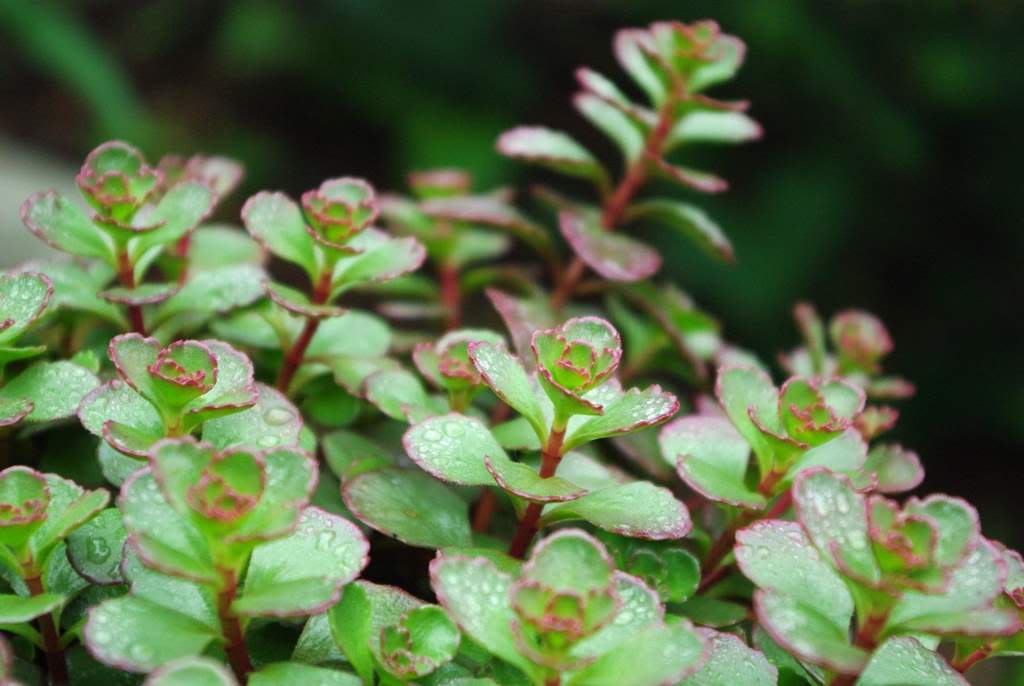

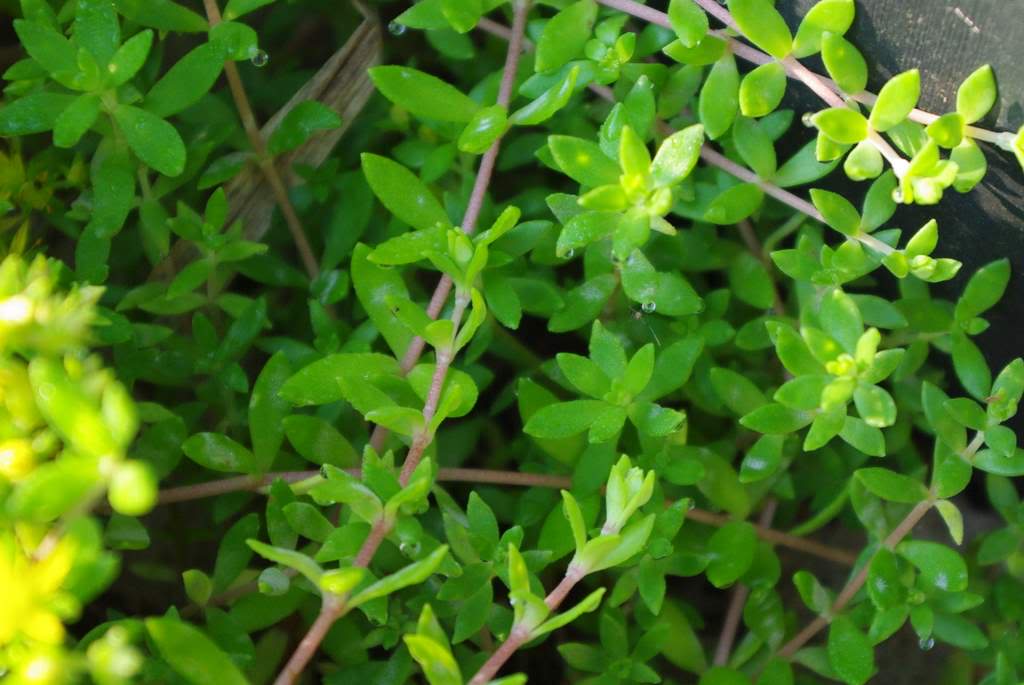
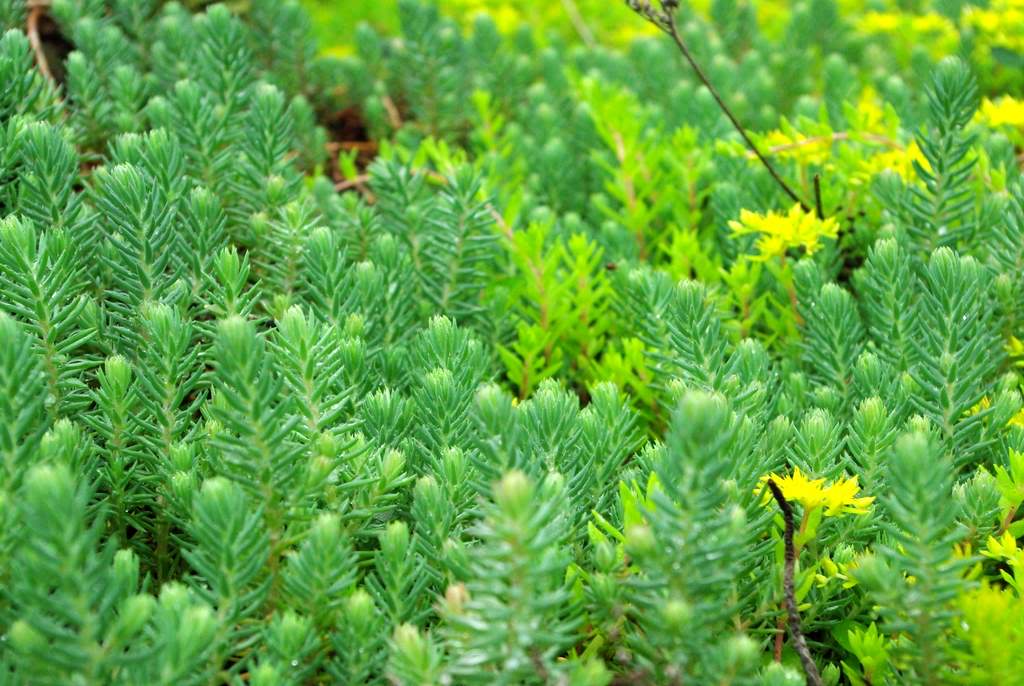
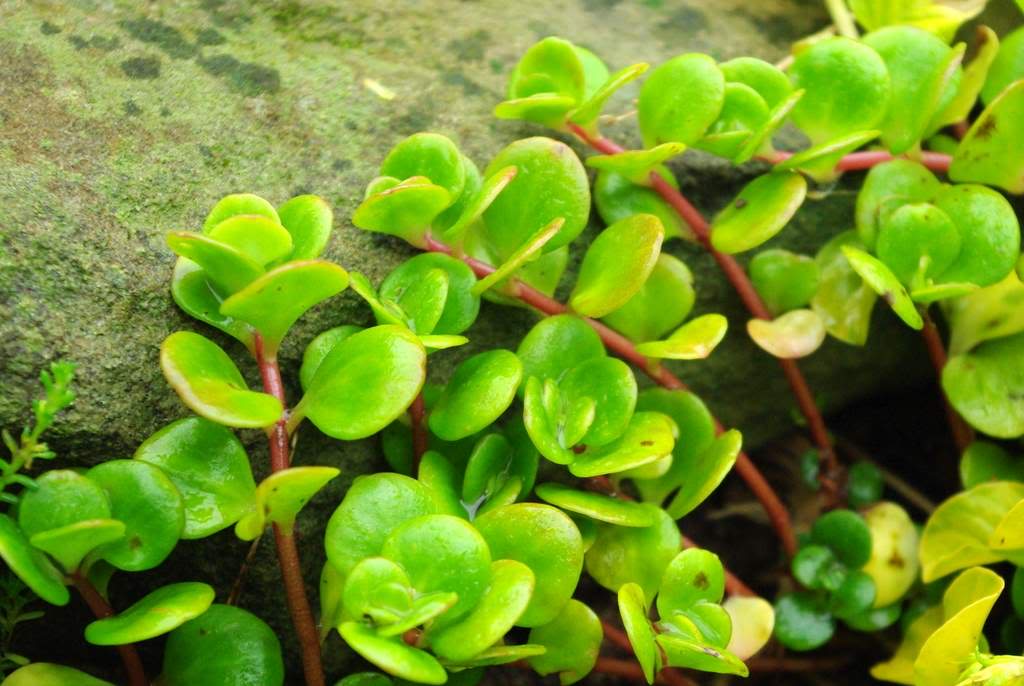

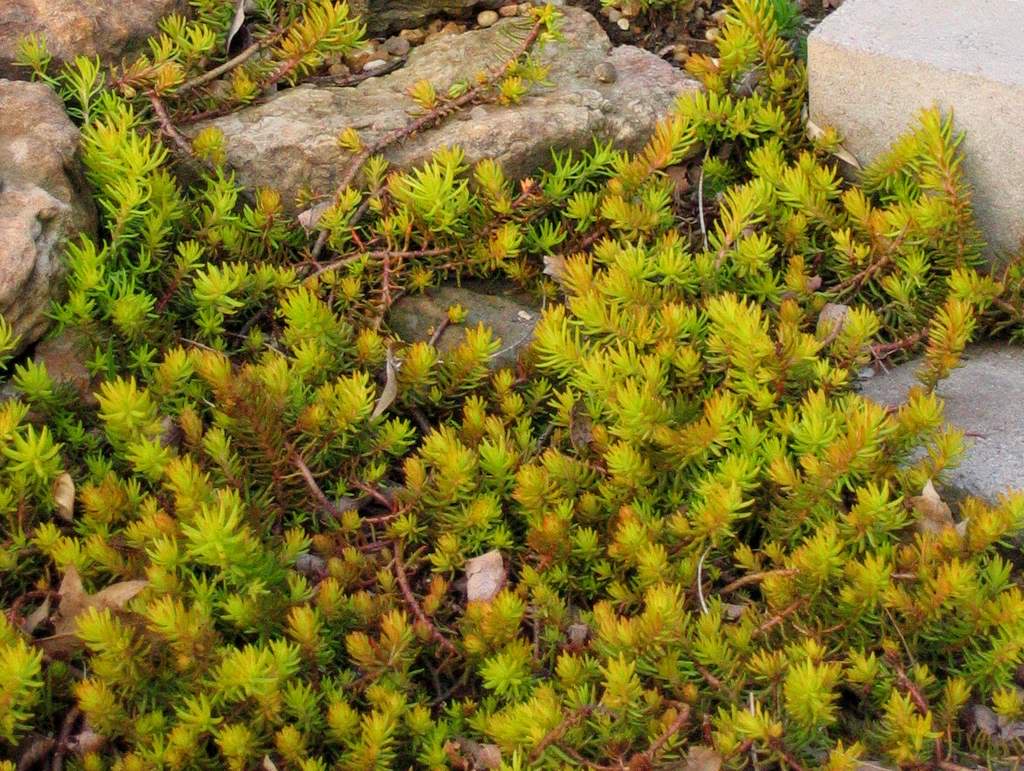

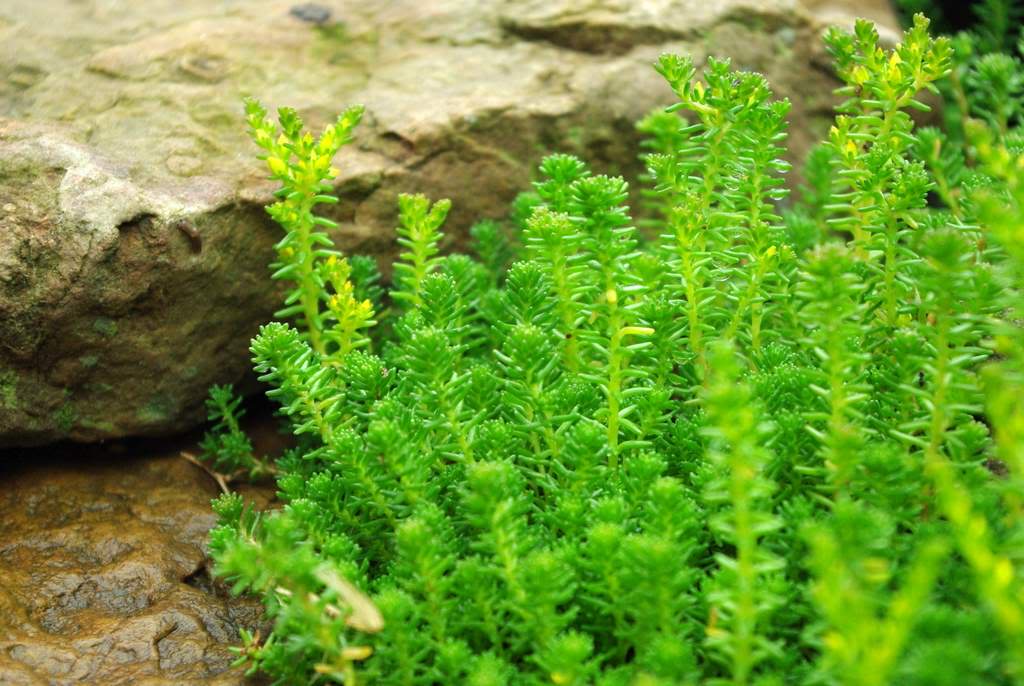
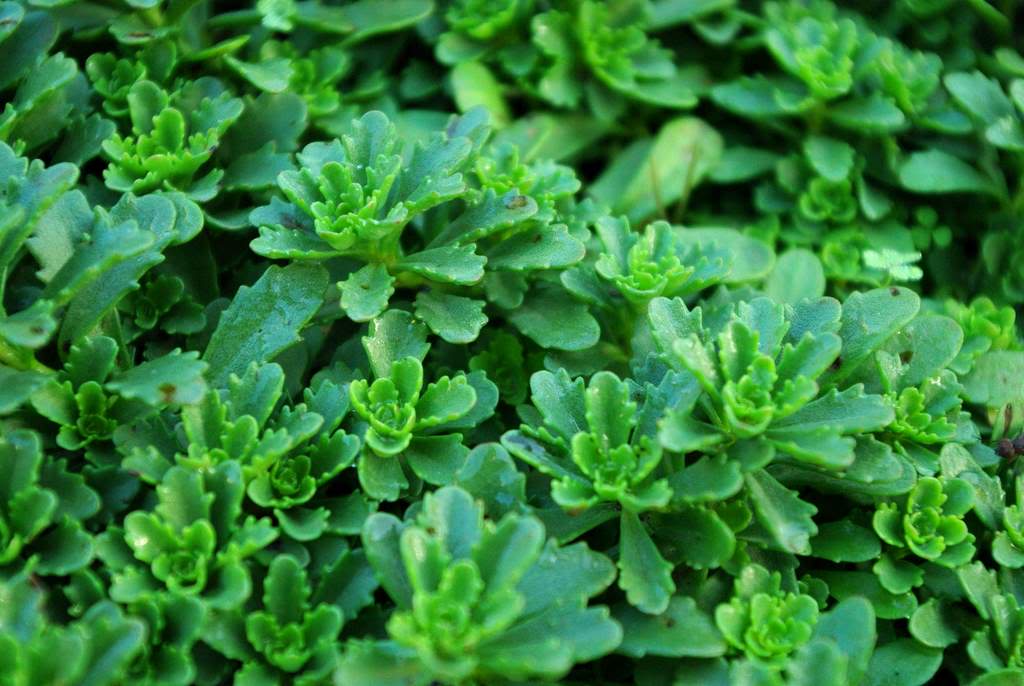
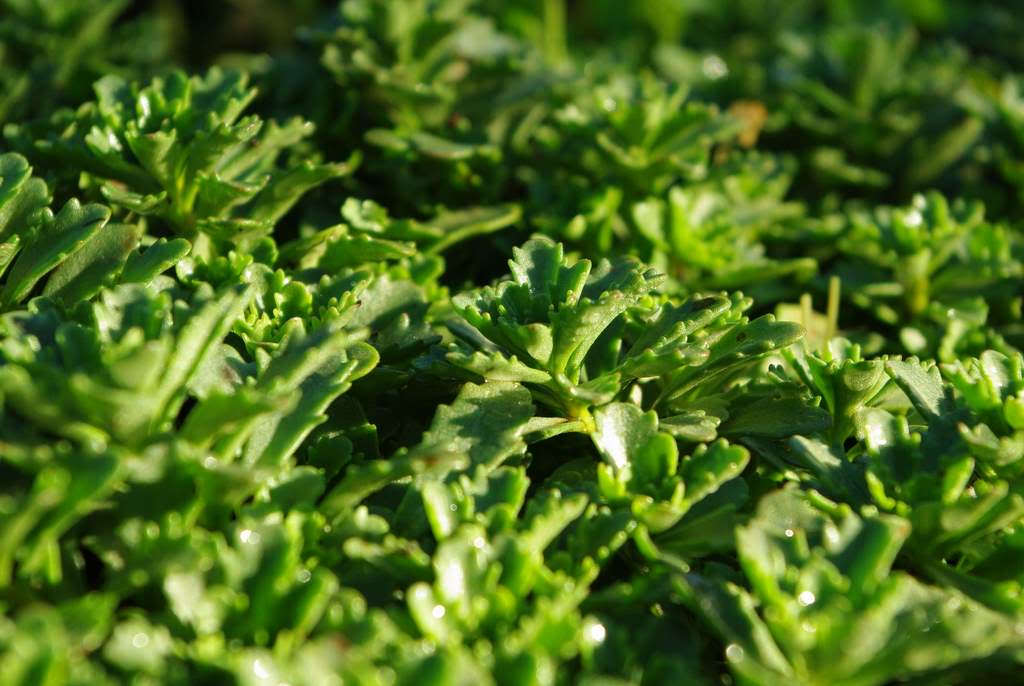

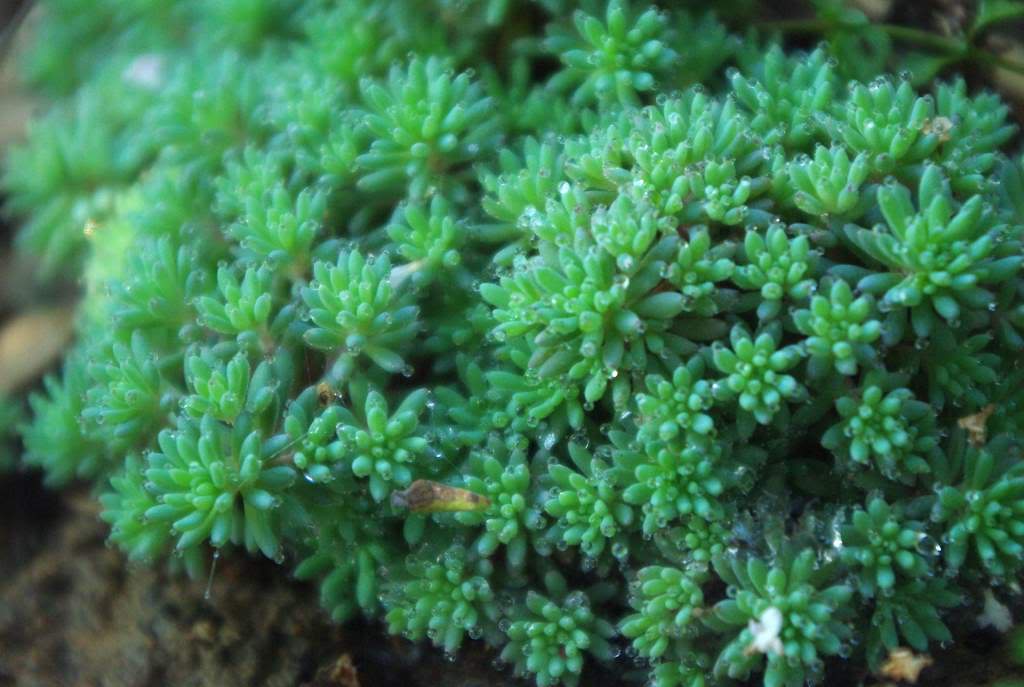




That last sedum pictured might be s Sedum dasyphyllum cultivar.
Alan, your photographs are beautiful. Do you have any tips for someone still learning how to take nice garden photos?
Thanks Bel! I have a few basic tips:
- take lots of photos from different angles
- avoid strong direct sunlight if possible
- use photo editing software to adjust the exposure of the image if needed -- brighten up the highlights and darken up the shadows if needed
- use the crop tool! I rarely frame a shot perfectly and fix it after its on the computer.
Hope these help!